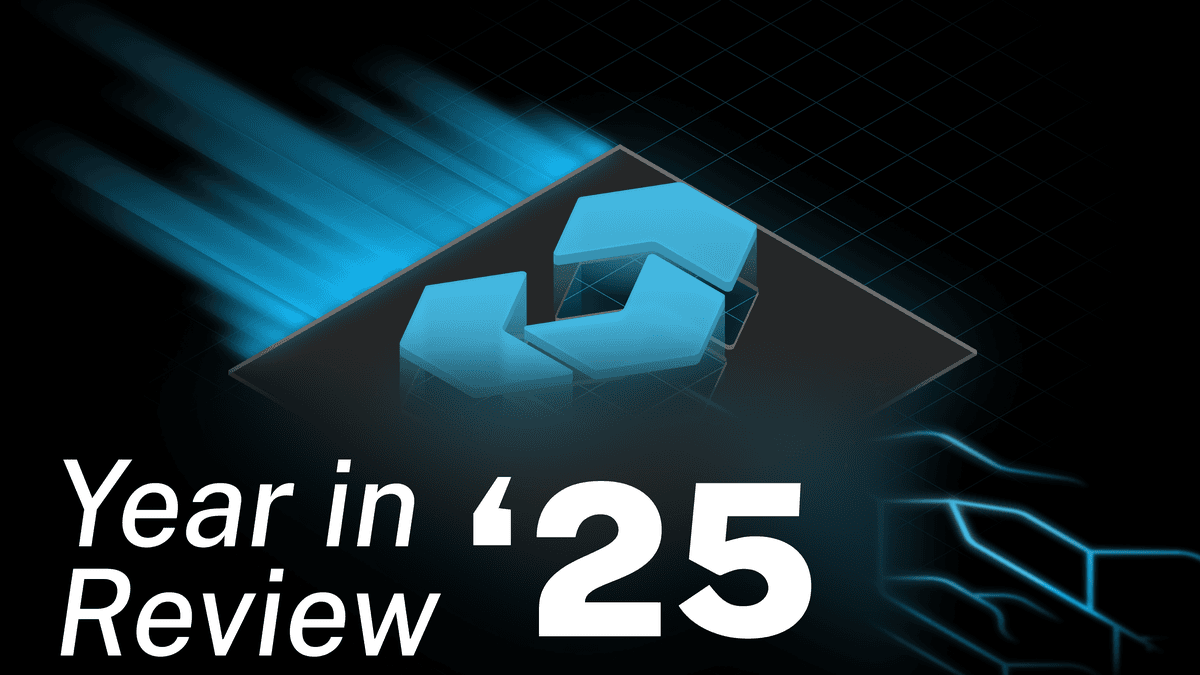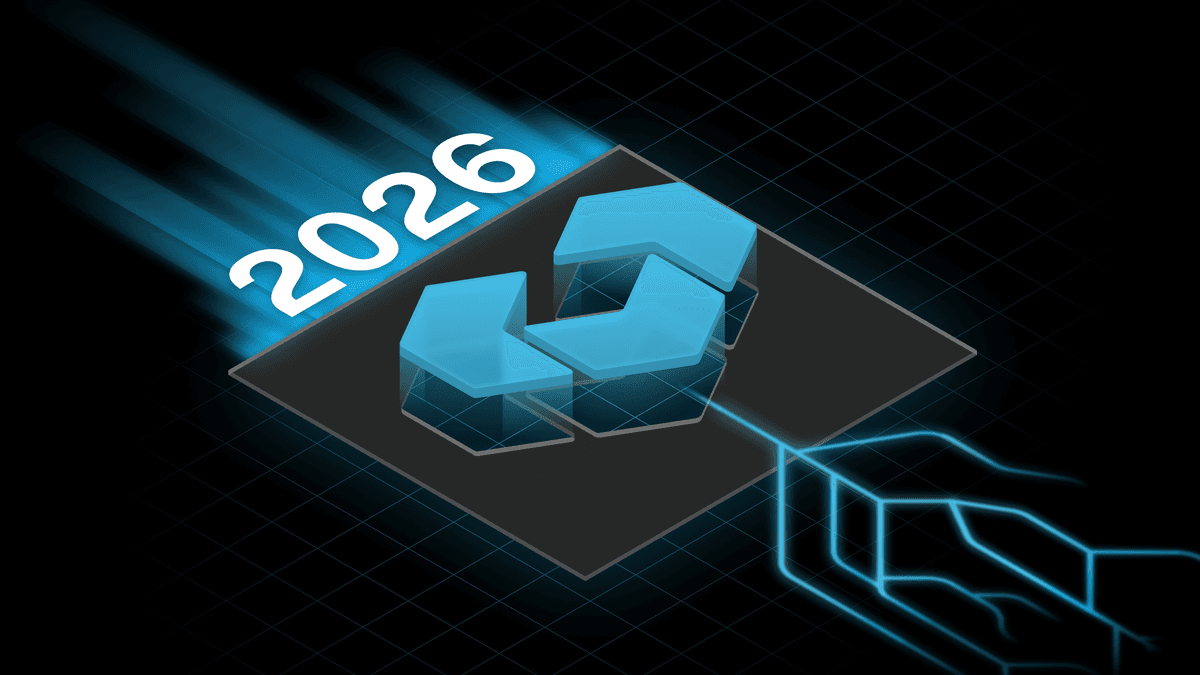Feature Highlight: Vendure Channels

Many growing businesses need to run multiple distinct e-commerce storefronts, whether for different brands, regions, or B2B/B2C sales channels.
This requirement introduces architectural complexity, as teams must manage separate product catalogs, pricing, and configurations without creating data silos or increasing maintenance overhead.
Vendure offers a native and elegant solution to this challenge through its core feature: Channels.
What is a Channel?
This feature represents an independent sales context in Vendure.
Think of it as a distinct store with its own set of configurations, all managed from a single Vendure instance. Every Vendure application starts with a default Channel, which serves as the primary store. The primary benefit of this feature is the ability to create multiple Channels to serve different business needs.
This multi-channel architecture allows you to manage entirely separate product catalogs, pricing, currencies, tax rules, shipping methods, and payment gateways for each store, without duplicating effort or data.
Use-Cases for Channels
Channels are designed to handle complex, real-world e-commerce scenarios in a clean and scalable way. Here are a few examples of how you can leverage them:
- Multi-Brand Stores: A parent company can run several distinct brands from a single backend. Each brand gets its own Channel, with its own product catalog, branding, and pricing, while sharing a unified inventory and order management system.
- Geographical Regions: Sell to different countries or regions with localized experiences. A "USA" Channel could operate in USD with specific shipping carriers, while an "EU" Channel operates in EUR with different tax rules and region-specific payment options.
- B2C vs. B2B Operations: Manage both retail and wholesale business lines from one platform. The B2C Channel can feature standard retail pricing and promotions, while the B2B Channel offers bulk pricing, different payment terms, and a curated product catalog for wholesale customers.
Setting Up a New Channel: A Quick Walkthrough
All Channel management is handled directly within the Admin UI, requiring no code. Here’s how you can quickly set up a new sales channel.
1. Create and Configure a New Channel First, navigate to the Channels section in your dashboard settings. Here, you can create a new Channel, give it a unique code, and assign it a token and default currency.
2. Assign a Product Variant to the New Channel Once your Channel is created, you can start assigning products to it.
Go to the product variant's action menu, and assign it to your newly created channel.
After assigning the price, the product variant is now available in both your default and new stores.
3. Set a Channel-Specific Price.
To set a different price for the product variant in the new Channel, go to the product variant details.
You can add a new price by simply adjusting the price while the new channel is selected.
This allows you to sell the same product at different price points in other regions or for various customer groups.
Granular Control from a Single Backend
The key benefit of Channels is the ability to control nearly every aspect of a store independently. When logged into the Admin Dashboard, you can switch between Channels to manage their specific settings.
This includes:
- Product & Collection Assignment: Assign products and collections to one or more Channels, controlling which items are available on each store.
- Pricing & Currencies: Set different prices for the same product in different Channels and assign specific currencies to each.
- Shipping & Payments: Configure unique shipping zones, rates, and payment providers for each Channel.
- Promotions: Create promotions that are active only in specific Channels.
- Administrators & Permissions: Assign administrators to specific Channels, limiting their access to only the data they need to manage.
This architecture offers the flexibility of separate systems with the efficiency of a unified backend, providing a robust foundation for growth.
Extending the Logic
Vendure's core architecture is built to be extended, not rebuilt.
The concept of Channels can be used as a foundation for even more complex business models.
For example, by combining Channels with custom roles and permissions, it's possible to build a complete multi-vendor marketplace, where each vendor manages their own products all within a dedicated Channel.
Further Reading
Share this article





